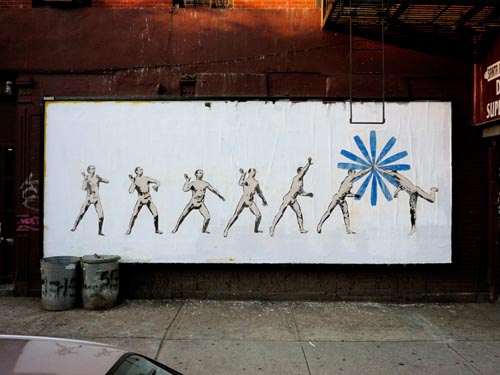Guerilla Advertising 2
A new book celebrating brand-appropriate ingenuity in today’s marketing-saturated world

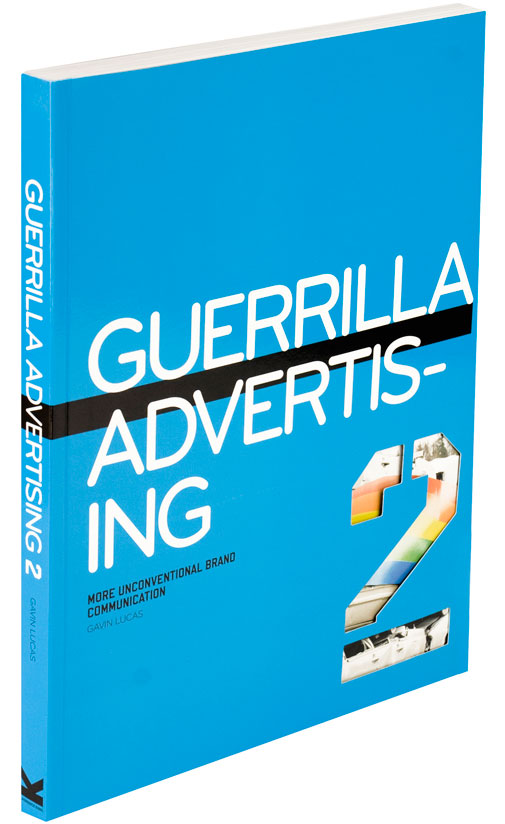
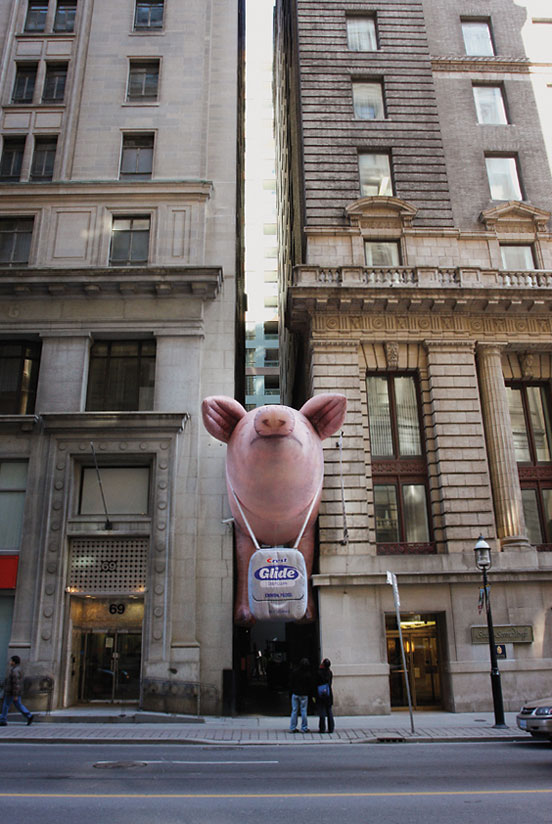
Today’s successful advertising campaign has evolved well beyond the simple television product spot or the full page fashion spread—formulas we’re sometimes so familiar with they almost disappear. Pointed out in Guerrilla Advertising, Gavin Lucas’ first book on the subject published in 2006, current marketing tools span all mediums and are so artfully crafted for their target audience, it’s difficult to sort out what is advertising and what is not. Lucas’ followup book, Guerrilla Advertising 2 revisits the subject, showing how effective unconventional branding and communication can be since the introduction of Facebook, Twitter, YouTube and the iPhone. Lucas also highlights how the sheer definition of advertising is constantly shifting, saying “It is not just impossible to come up with a new advertising formula—it is now completely inappropriate.”
The book is divided into five major themes, which include Street Propaganda, Site Specific, Sneaky Maneuvers, Stunts and Multi-Fronted Attack. Each of the 63 campaigns was selected for its remarkable ability to engage the public, using a method that was perfect for the product or service. Sticking a massive inflatable pig between two Toronto buildings, Saatchi & Saatchi’s Glide dental floss campaign appropriately sums up the book’s motive, showing how powerful even a simple idea can be when executed the right way.
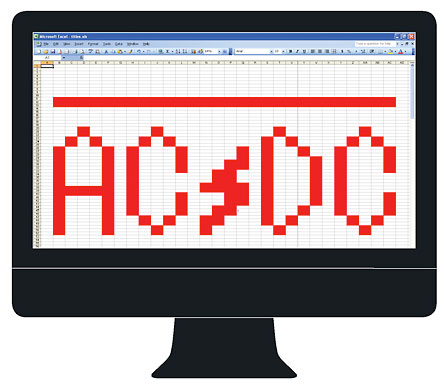

Lucas explained in our recent interview, “consumer insight has to be plugged in at the beginning of the creative process in order for the right choice to be made regarding the approach to an advertising campaign.” One great example of this is Sony Music Creative’s tactic for AC/DC’s new album Black Ice. With a target audience of 30- to 40-year-old men, Sony decided to take on their attention at the office by putting the album’s practical information in an Excel spreadsheet, breaking through corporate firewalls. Even more cleverly, they included an ASCII version of the video for “Rock ‘n’ Roll Train.” The spreadsheet was downloaded over one million times, the video saw nearly two million YouTube views, and the spreadsheet links had an interaction rate of 31% while banner advertising only saw a 0.05% return.
TBWA made it difficult for the 13 million passerby at Zurich’s Central Station not to notice their “Impossible Huddle” campaign for Adidas, but the giant footballers did not only influence commuters. The large-scale installation was so captivating, every major European news outlet and dozens of international blogs spread the word, taking the message beyond its geographical confines. “Brands don’t just want us to simply see their adverts anymore. They want us to engage with, respond to, photograph, talk and blog about them,” Lucas adds.
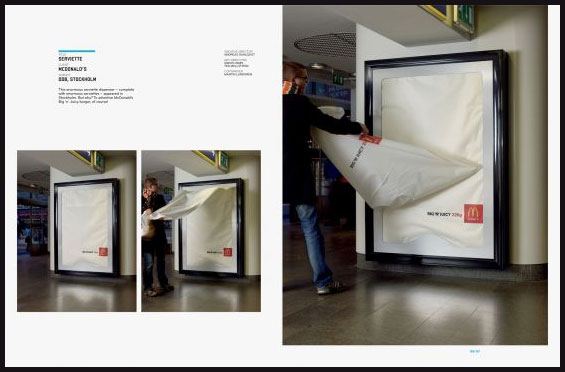
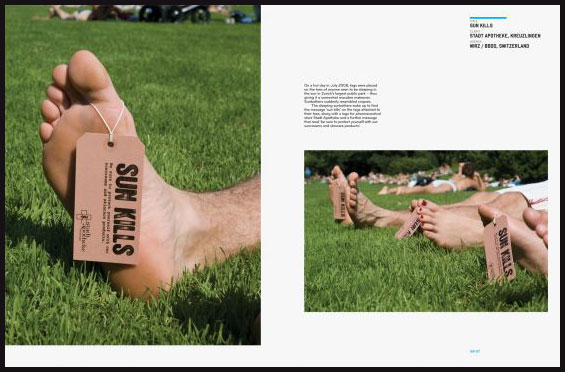
People want to be involved in the process more than ever, and as Lucas points out, “consumers now play a crucial role in the distribution of brand messages.” Agencies need to know their customer as well as they know their client, because technology has taken the word-of-mouth concept to an entirely new level. “If a brand or its agency create something its audience want to share (things we think are clever, beautiful, funny, entertaining or awesome in some way), the audience is now set up to act as the perfect amplifier of the message.” Lucas also astutely points out the importance of getting the message right—”If you get it wrong, your audience is also in the perfect position to shoot you down.”
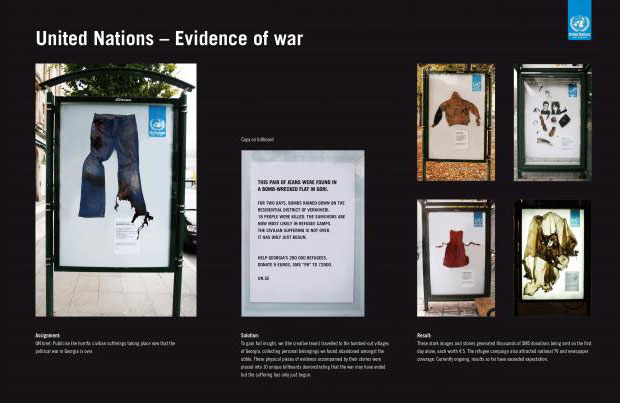
One example of technology’s newer capabilities is Ogilvy’s “True Evidence of War” campaign for the U.N., which displayed tangible evidence of conflict within the glass at bus stops, along with a request to donate €5 through simple text messaging. By putting the items right in the public eye, the straightforward concept is undoubtedly more successful than any infomercial, despite its humanitarian plea.

A more lighthearted interactive concept was T-Mobile’s take on the flash mob, making a TV spot out of the “impromptu” dance that took place at London’s Liverpool Street Station. Viewers who saw the commercial could press the red button on their remote to view extra footage, and a dedicated YouTube channel invited users to upload videos of them doing the T-Mobile dance.
An unequivocal look at brand communication in the tech-advanced 21st century, Guerrilla Advertising 2 is an essential read for advertisers and the public alike. The book will be available September 2011 and will sell from Laurence King for $40.
